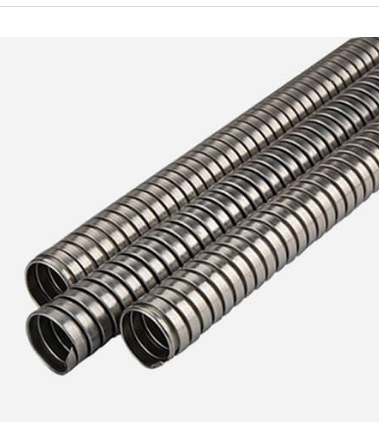Electrical conduit protects and routes electrical wiring. It may be created of a lot of materials, including metal, plastic, fiber, or fired clay. You will find flexible and rigid conduits offered. The type of conduit applied is determined by means of wiring regulations by national and neighborhood codes. Get more details about flexible plastic conduit for cables
When to use flexible metal conduits versus a rigid conduit may be determined by analyzing your wiring situation. A flexible metal conduit can usually be identified in sizes of ½ to ¾ inches, though it ranges in size from 3/8 to 4 inches in diameter. It is actually mostly employed in places where a rigid conduit will be tough to set up as the flexible conduit will bend.
While flexible conduits are a lot easier to operate with than rigid conduits, it provides less protection for the conductors it carries. Bending a rigid conduit might be an arduous task so it is usually preferable to opt for the flexible variety. Becoming a metal conduit, it has an advantage more than PVC conduits which can’t bend. It might also serve because the grounding path though some regional codes may well demand which you also run a green grounding wire.
The Fundamentals of Flexible Metal Conduit
Flexible metal conduits are made from steel or aluminum by coiling a self-interlocking ribbed strip in the metal. This forms a tube. The diameter of this tube can differ and different finish applications contact for distinct diameter tubes. Wires are pulled via this tube and are thereby protected from damage, each internal and external.
The tubing is flexible and may bend to fit your installation application. Unlike rigid conduits exactly where you either need to manually bend the conduit to a fixed position or acquire a pre-bent conduit, the flexible metal conduit can adjust its shape as you set up it and as repairs or changes need to have to become created. The word flexible in its name may well refer to its capacity to flex within a provided situation, however it also can refer to the flexibility it gives within your installation.
Short segments of FMC are known as whips. You normally come across these as circuit pigtails among junction boxes and fixtures. A suspended ceiling is an superb application for a flexible metal conduit whip. Whip assemblies are readily available for sale and can save you time when you need to have quite a few of those pigtails.
What exactly is fusible interlining? Construction of fusible interlining
Introduction
Every single clothing manufacturer continually attempts to make garments with immediate sales appeal. Having said that, one of many most significant materials employed for almost every item of outerwear has no sales appeal, since it is invisible for the consumer. This material would be the fusible interlining, and since these components have been 1st introduced in the early 1950s, they’ve grow to be an integral component of garment building. Get additional information about Fusible Interlining
Definition
The term fusible interlining is utilised to describe a base fabric coated on one particular side with a thermoplastic adhesive resin which might be bonded to a further fabric by the controlled application of heat and pressure. These components, commonly named fusible, present the designer using a variety of properties which can enhance the look of finished garments by the following –
a. Handle and stabilization of vital places.
b. Reinforcement of particular design and style characteristics.
c. Minimum of modification for the ‘handle’ of the top cloth.
d. Preservation of a crisp and fresh appear.
Properly selected and applied, fusible have a lot of advantages for the designer, the production unit plus the customer.
Construction
A fusible combines the following 3 factors in its construction –
Base material – Also known as the substrate.
Thermoplastic resins – Synthetic resins which melt when subjected to heat and revert to their original solid state when cooled.
Coating – The volume of resin deposited and how it’s secured on to the base fabric.


